- This picture I chose was taken by Michael Kenna and it’s a shot of upper manhattan and the washington bridge. One thing you will notice is that the photo is in black and white and I got to say I think it compliments the view with manhattan and all its lights. It really tells the truth that this city never sleeps. I think the intention of this shot was to give a good look at the city at night to show the bright lights it has. The black and white kind of makes it look like this photo was taken in the 60’s. I feel like the purpose of this image was to show manhattan in the night. One thing Iike about this photo is that it shows the upper side of Manhattan and you see a lot of the old buildings that have probably been here for like 30/50 years. The bottom of Manhattan has a lot of newer buildings and a time square, so showing the top side of Manhattan gives people more looks to Manhattan then the parts that are always advertised in the media. It gives me a griminess mood like old 80’s comic books like the Teenage Mutant Ninja Turtles.
- For this photo I got to say the three elements that it shows are Leading Lines, Patterns, and Diagonal. I said Leading Lines because the way the photo is set and how Manhattan looks makes you focus your eyes to the top right. I said Pattern because the noir look makes the buildings bleed out to each other, but still comes out unique because of the building lights and the different sizes of the buildings. And Last I said Diagonal was because in the front you see Manhattan going bottom left to top right and behind it you see the Washington bridge going top right to left. It gives off the sense of movement and the different paths of New York.

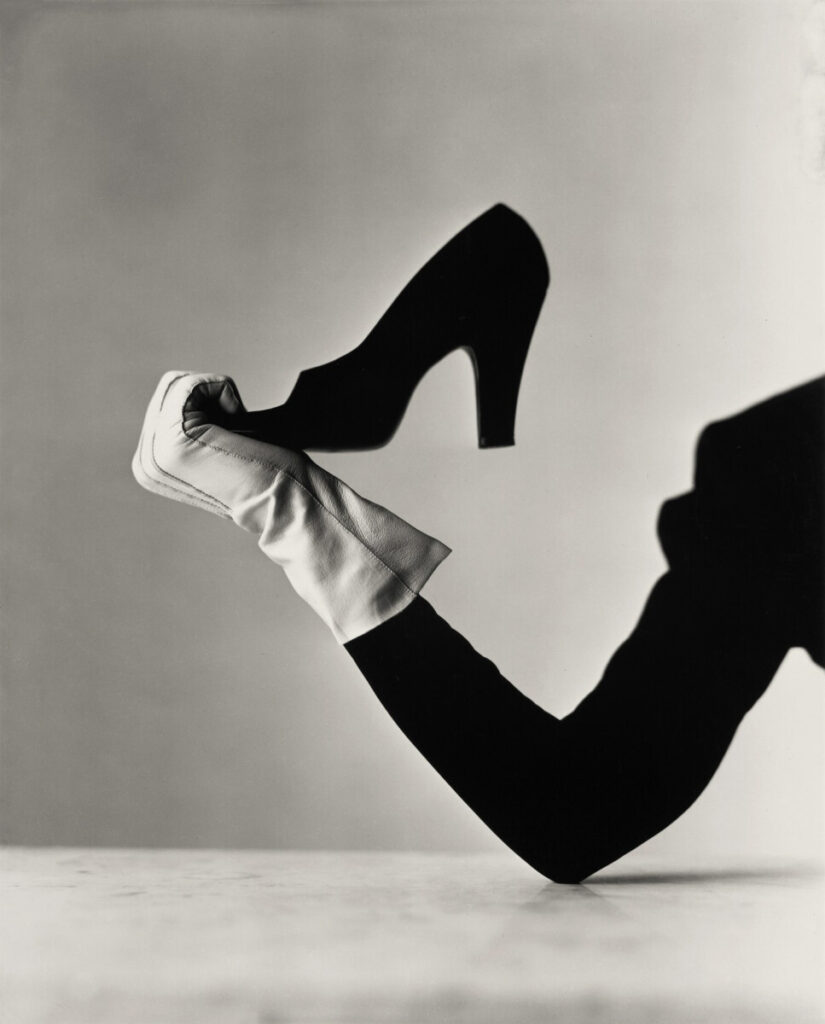
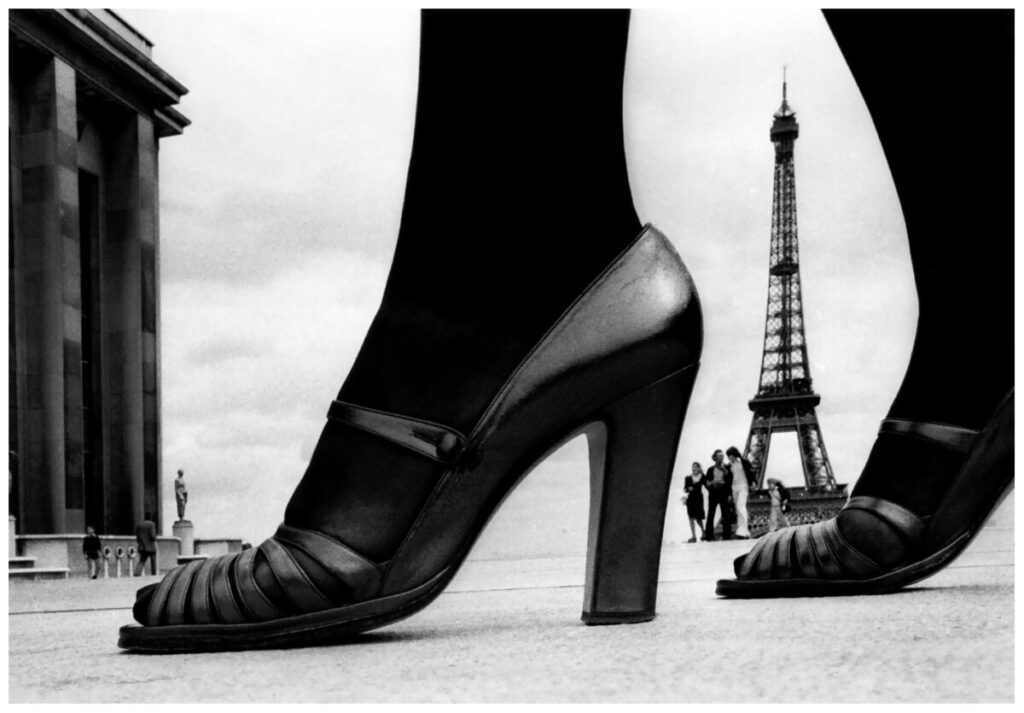
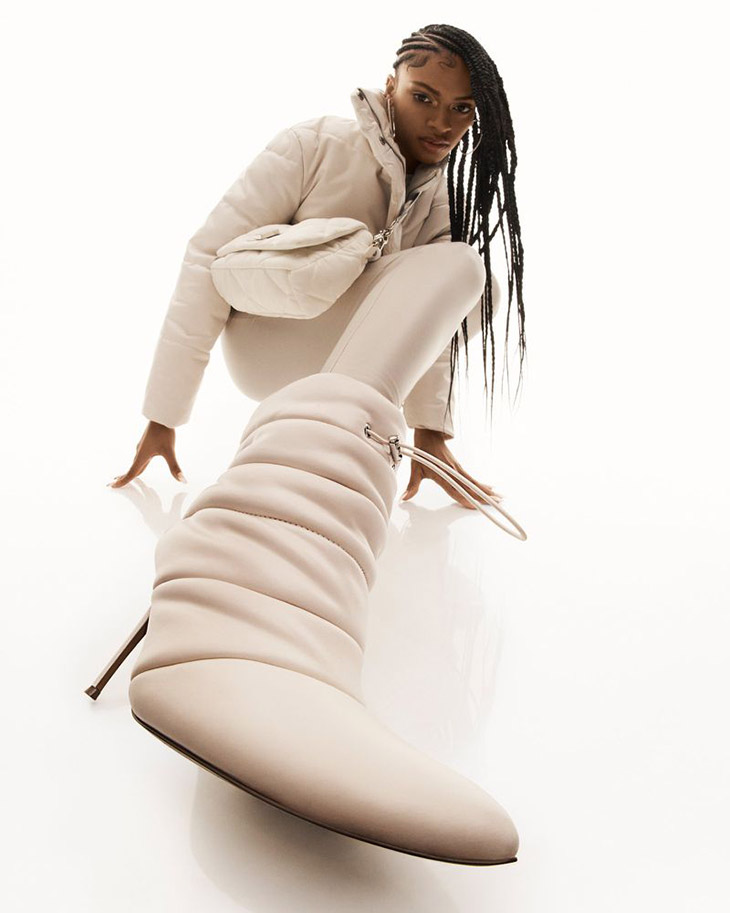
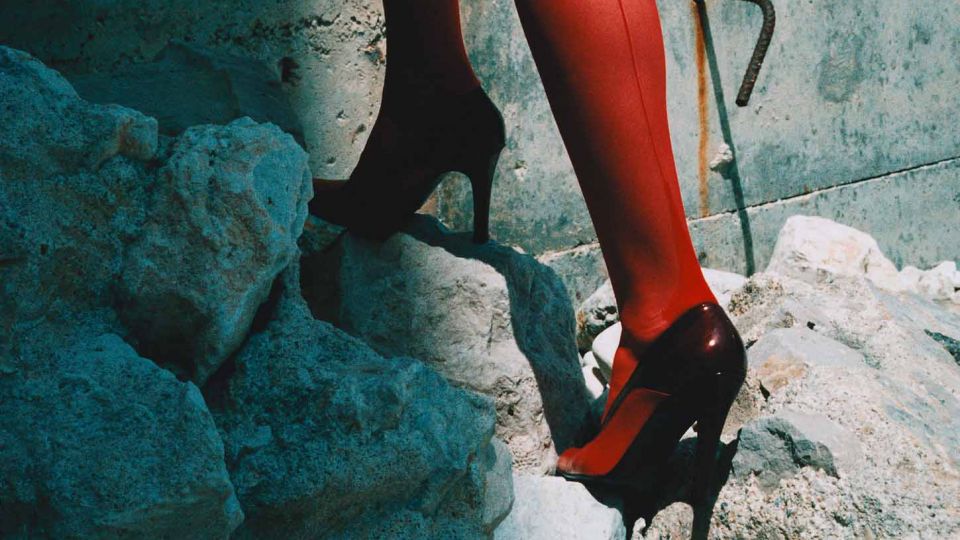
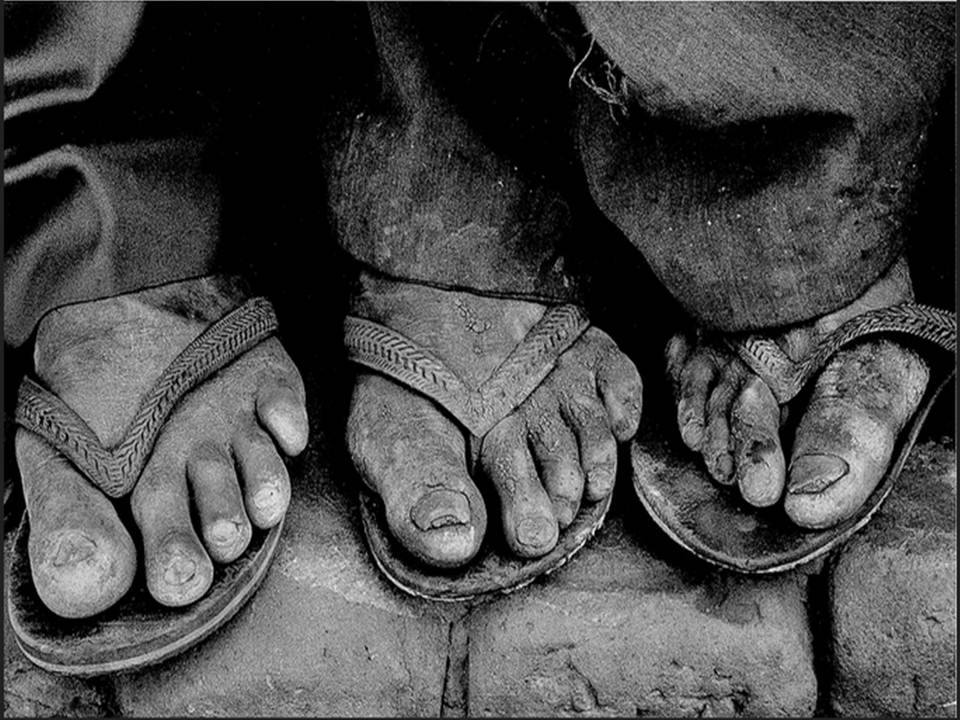
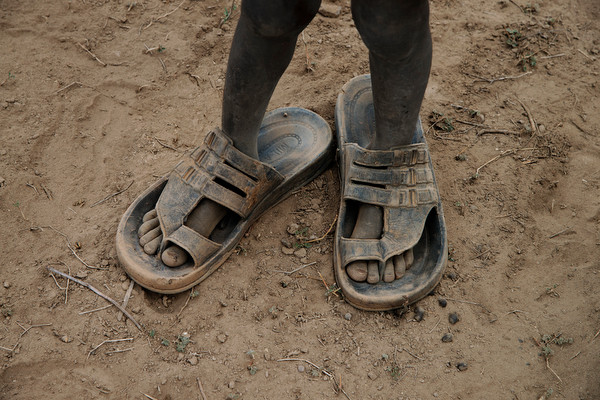
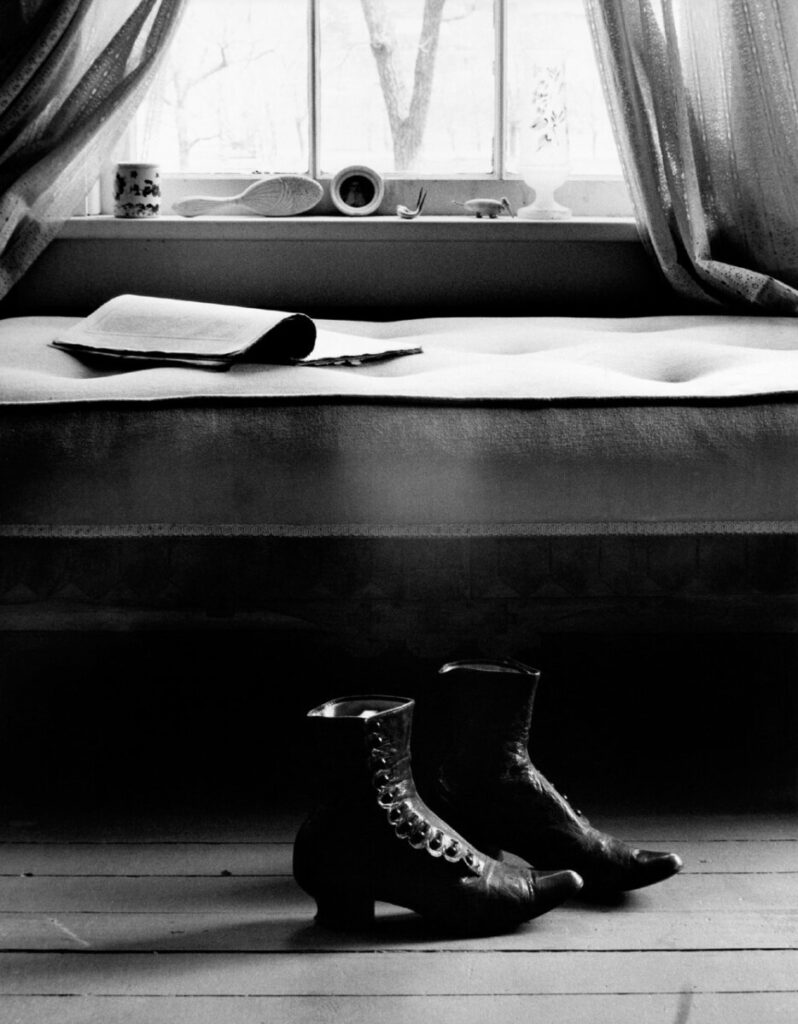
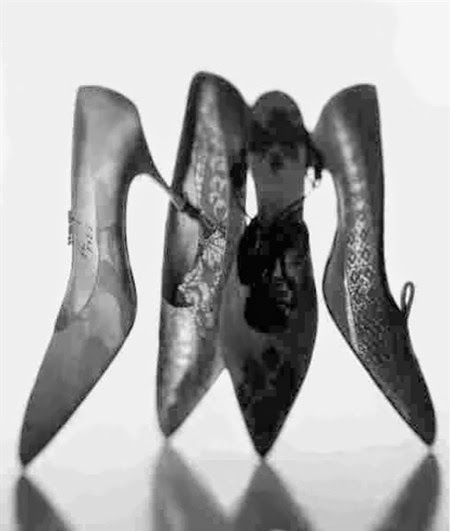
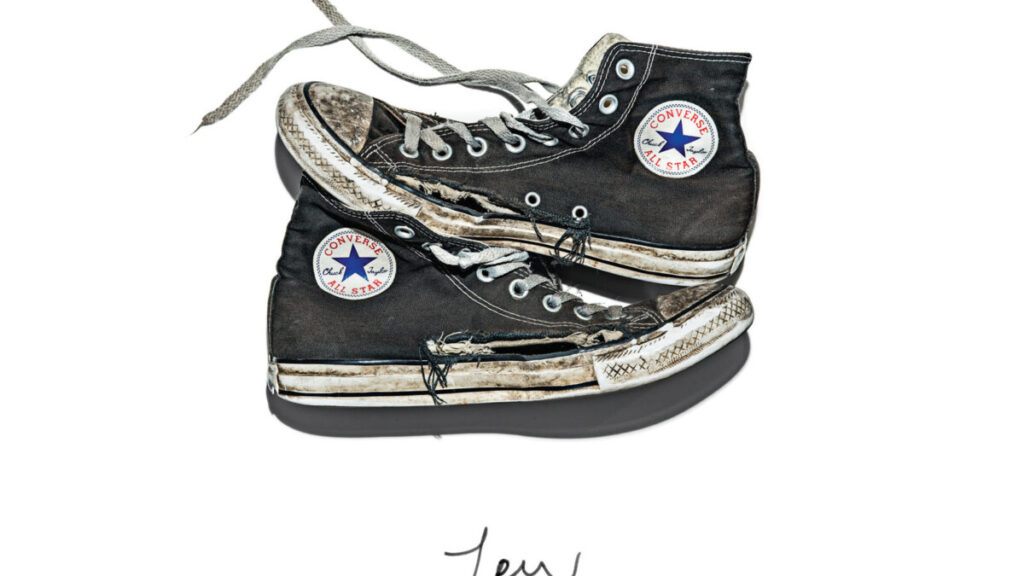
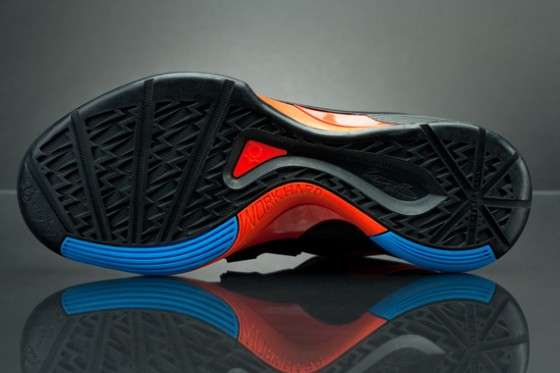

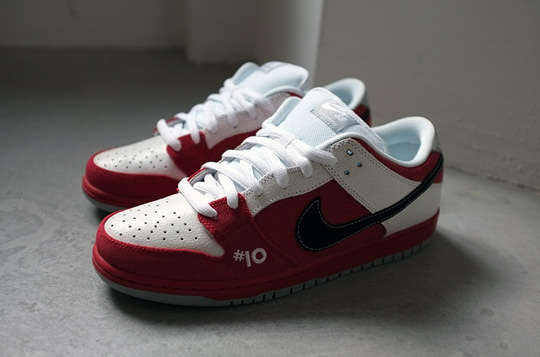
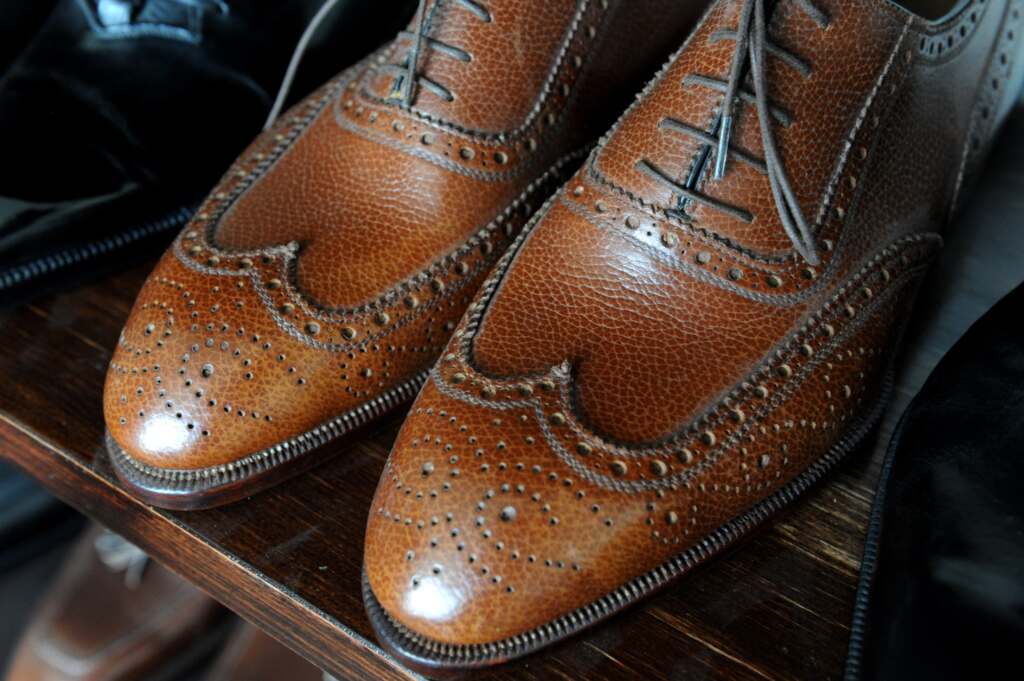
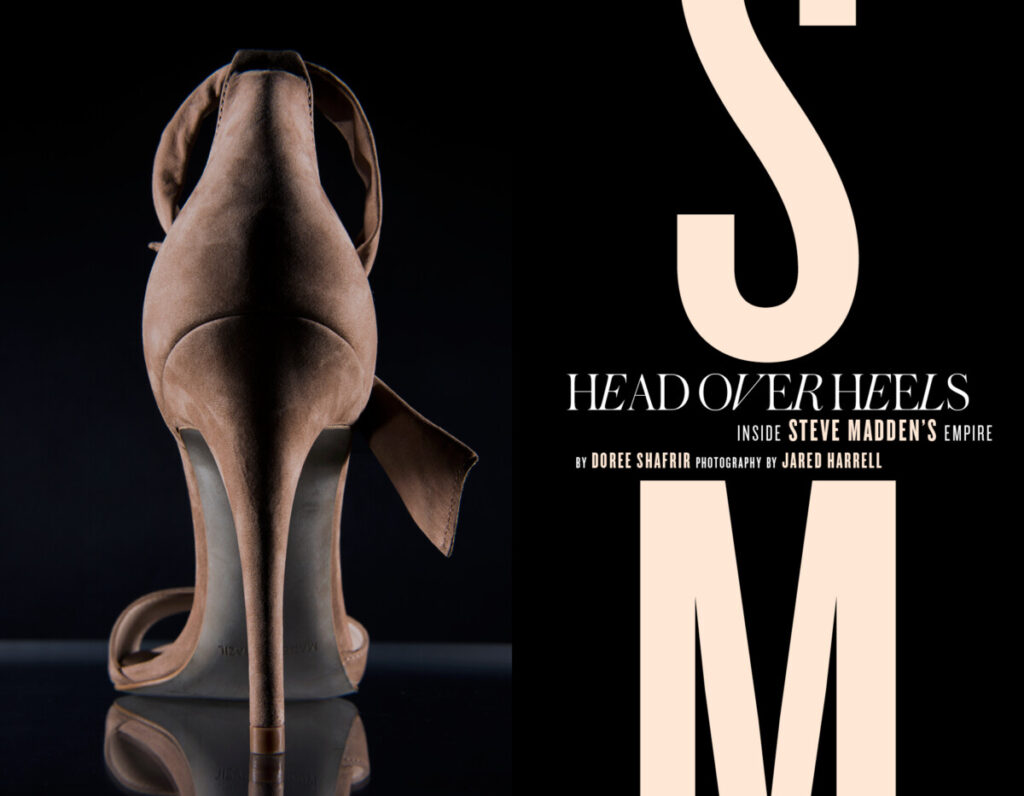
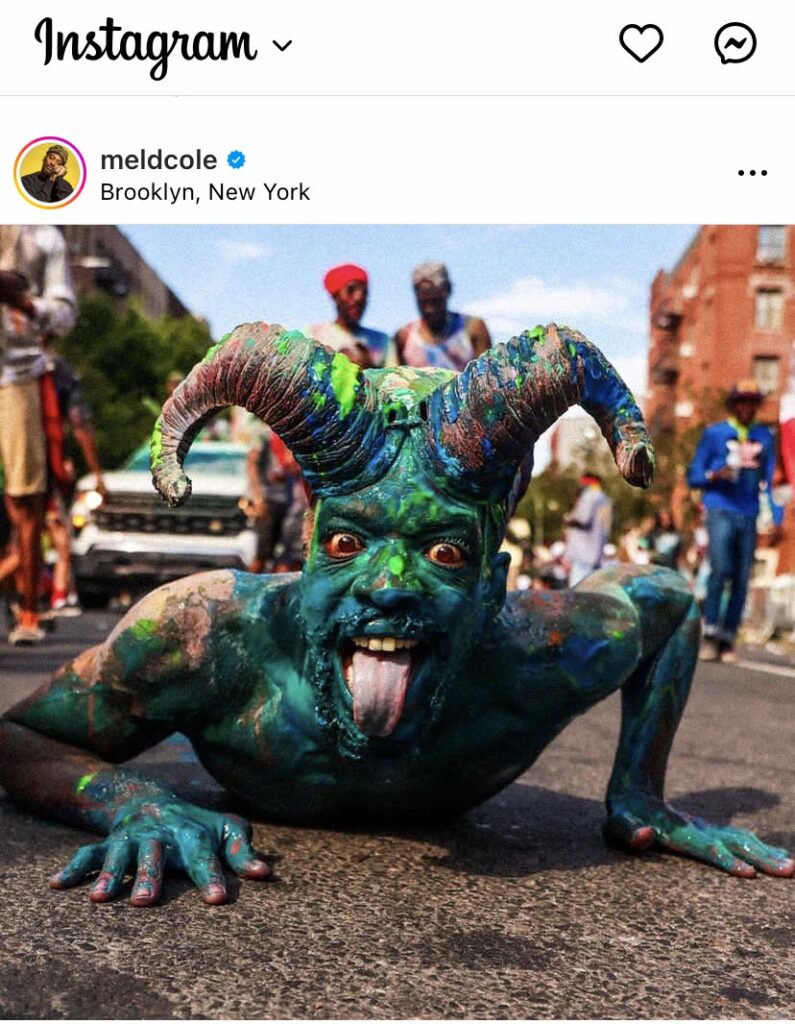
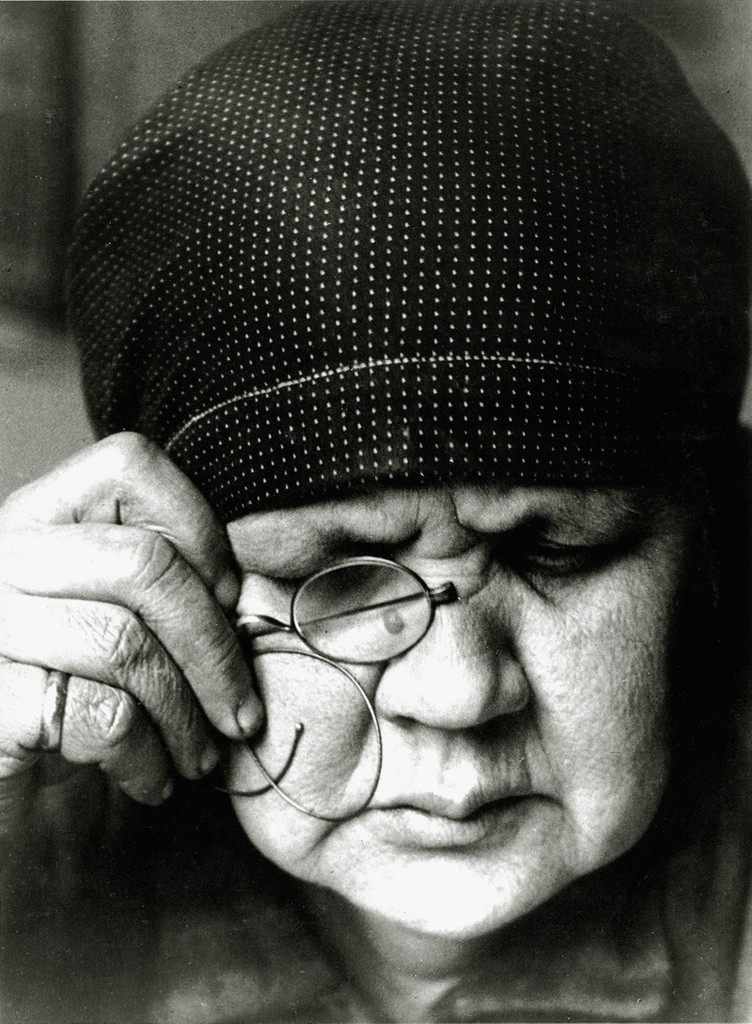
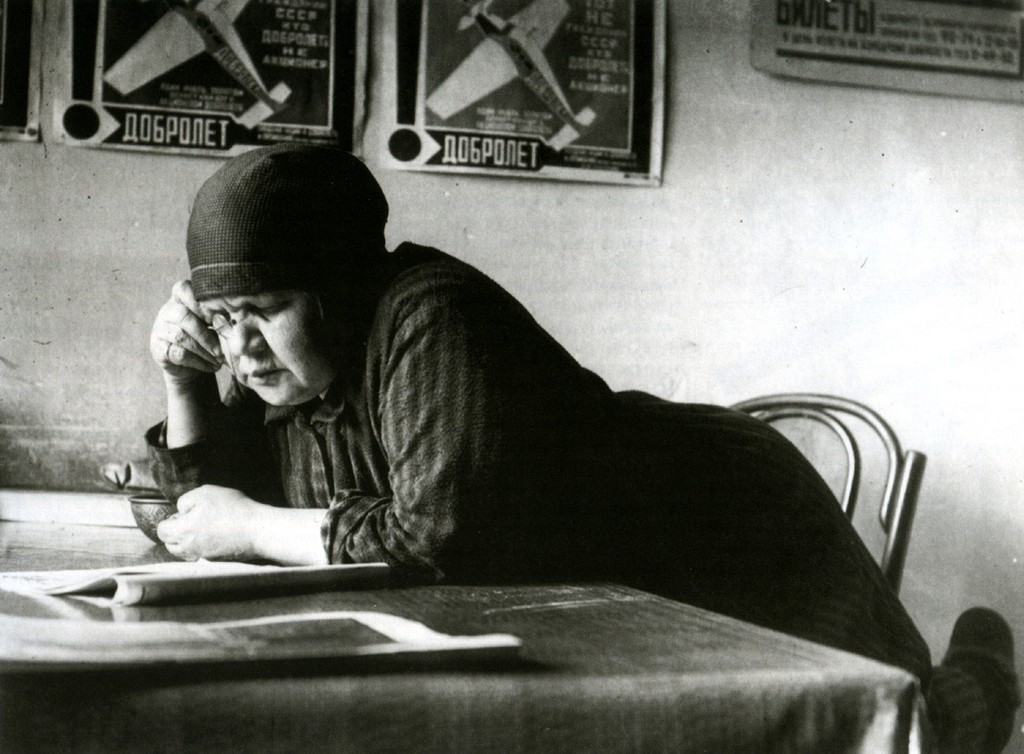
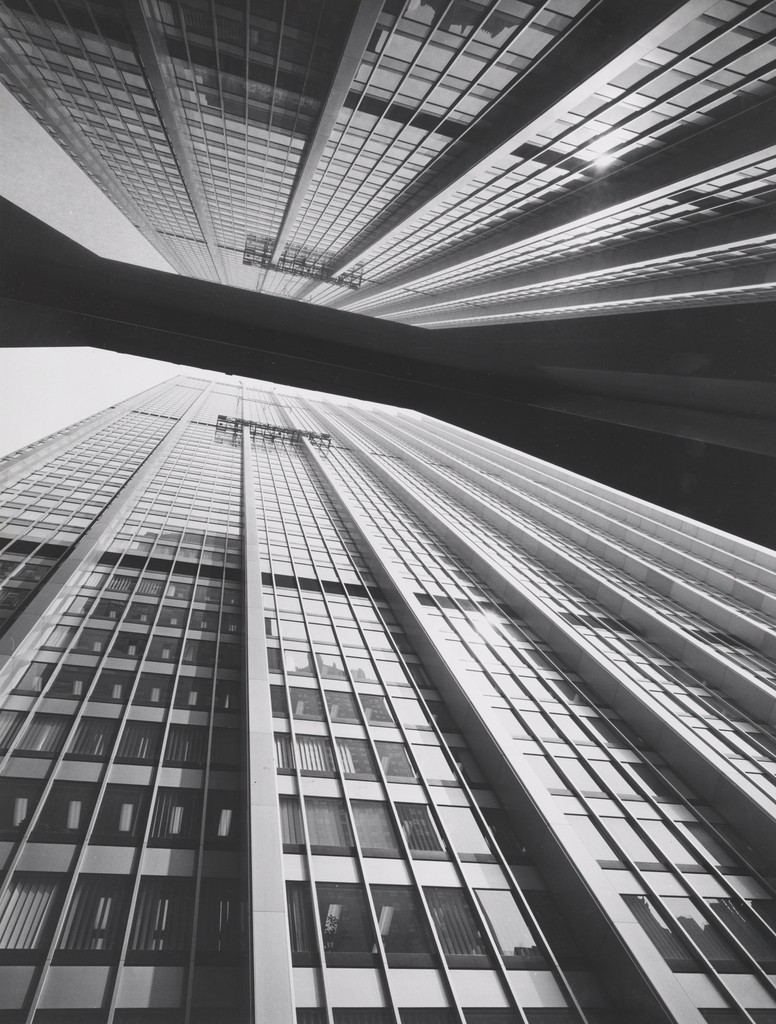
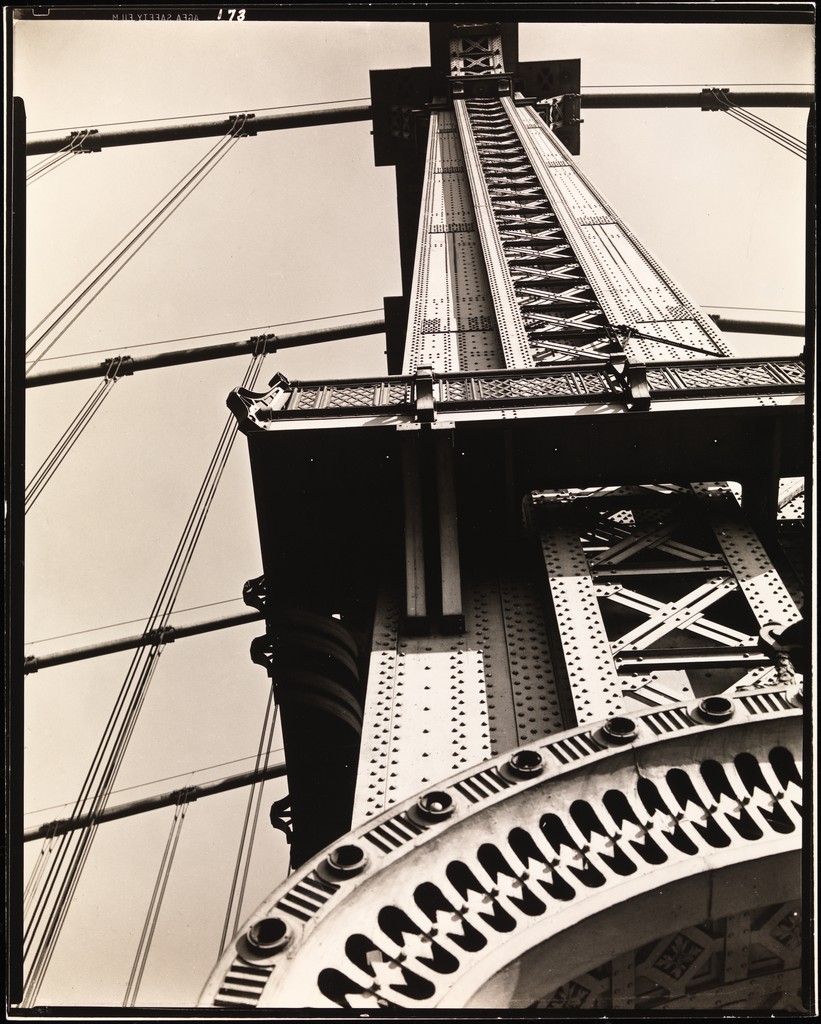
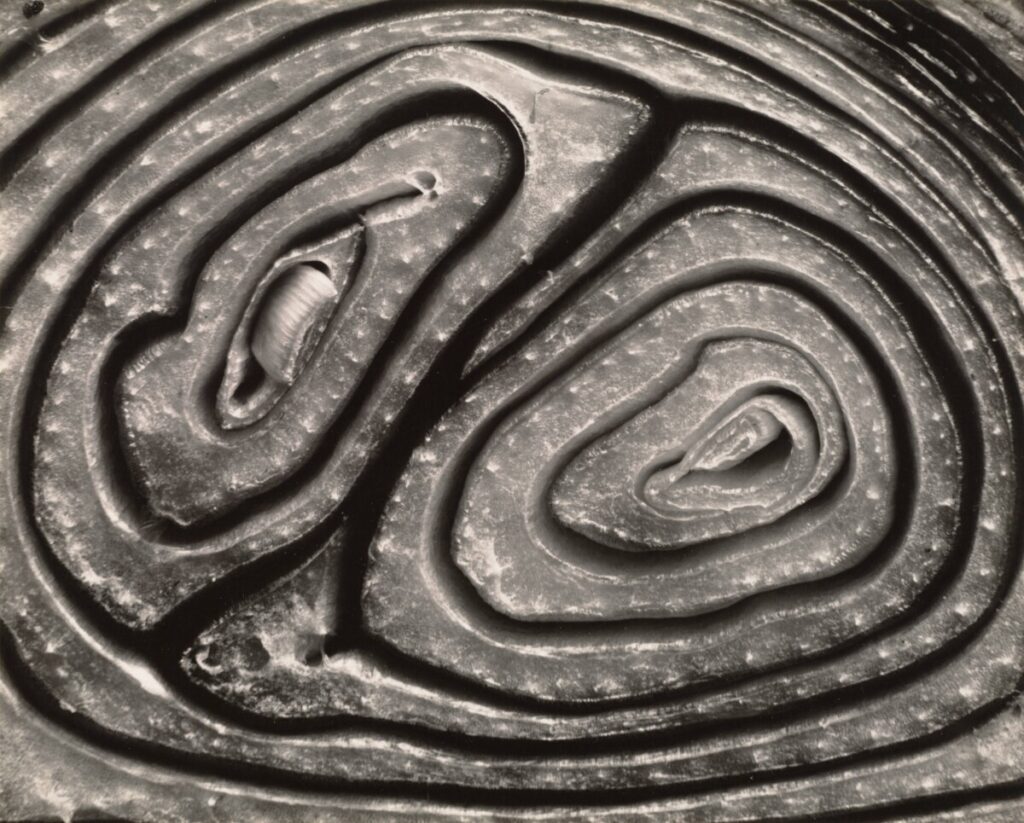
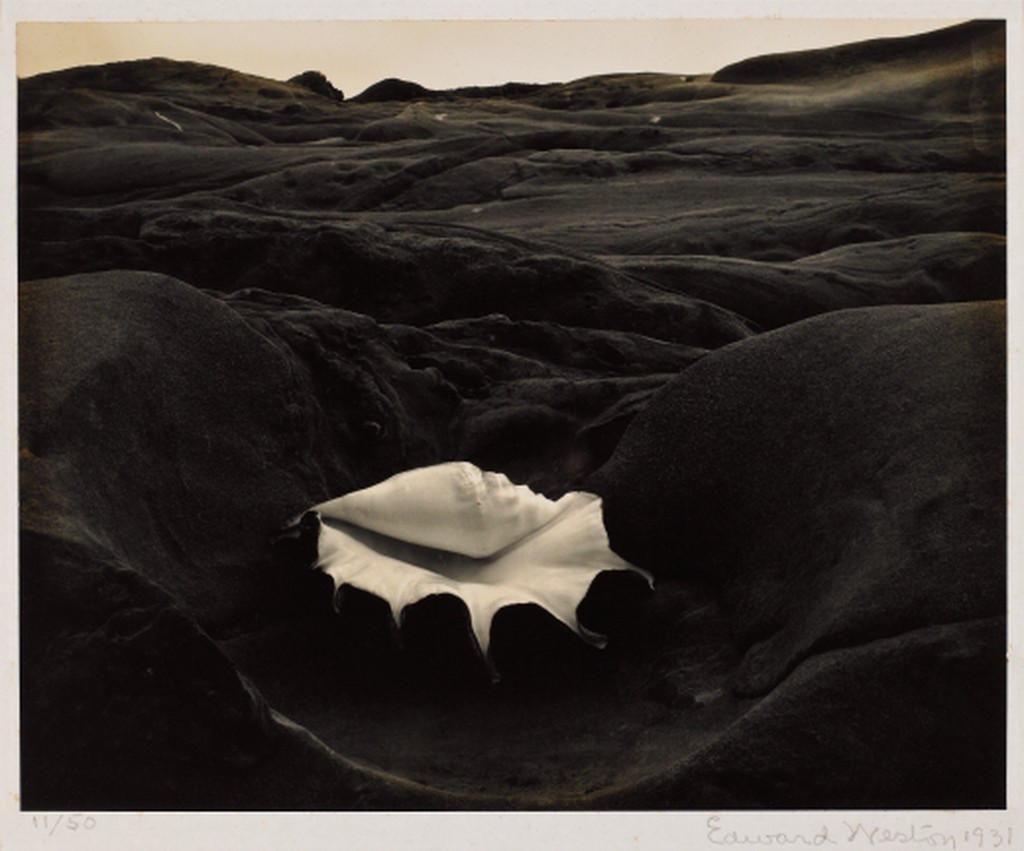

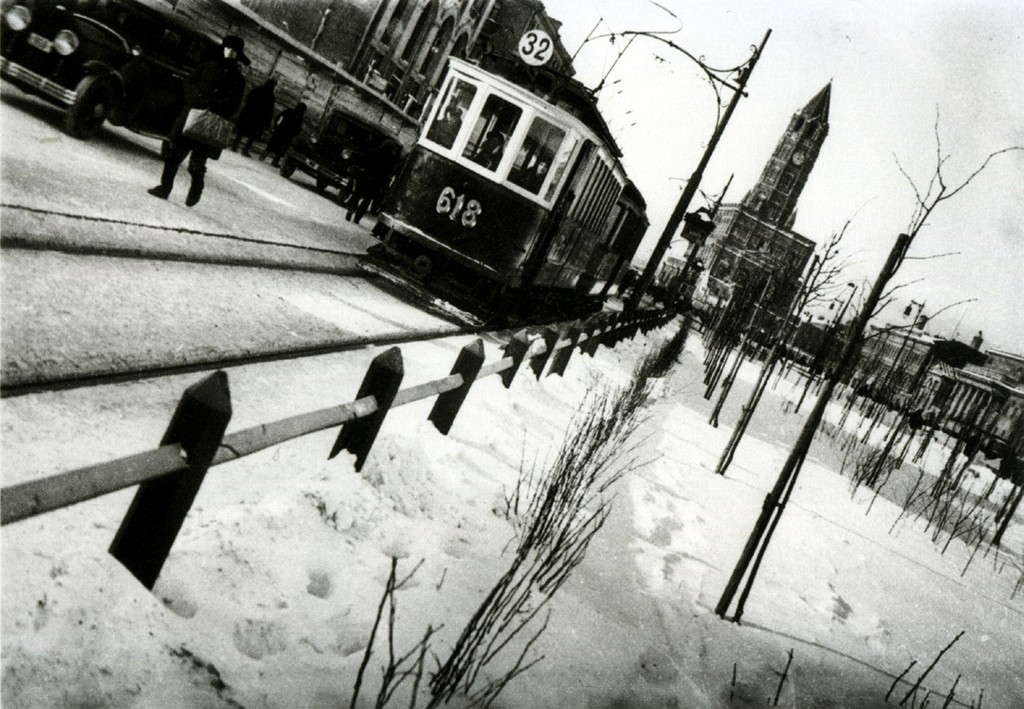
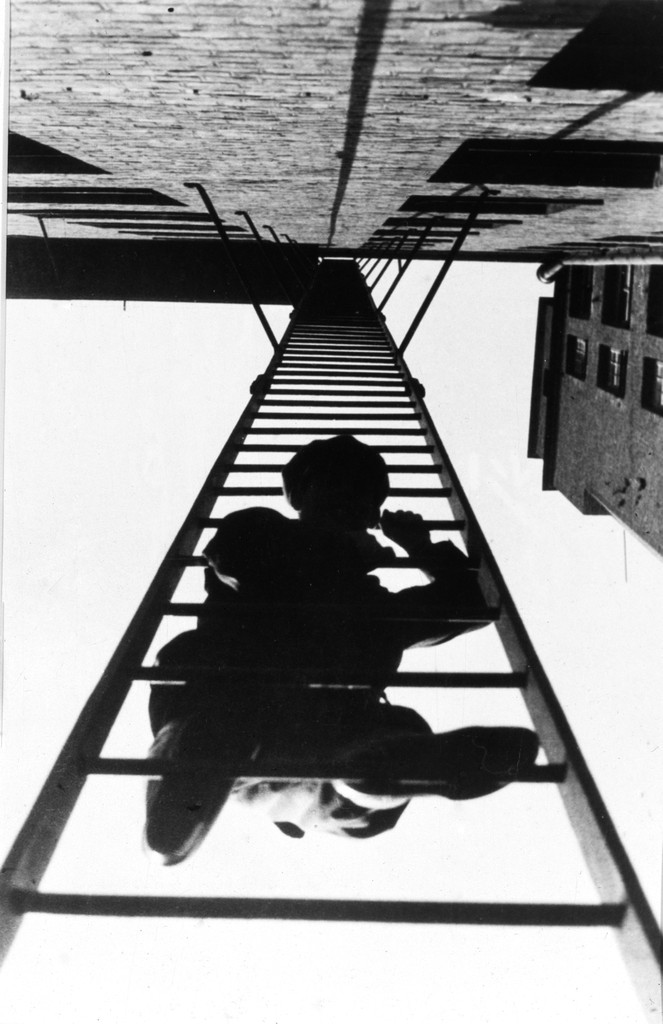

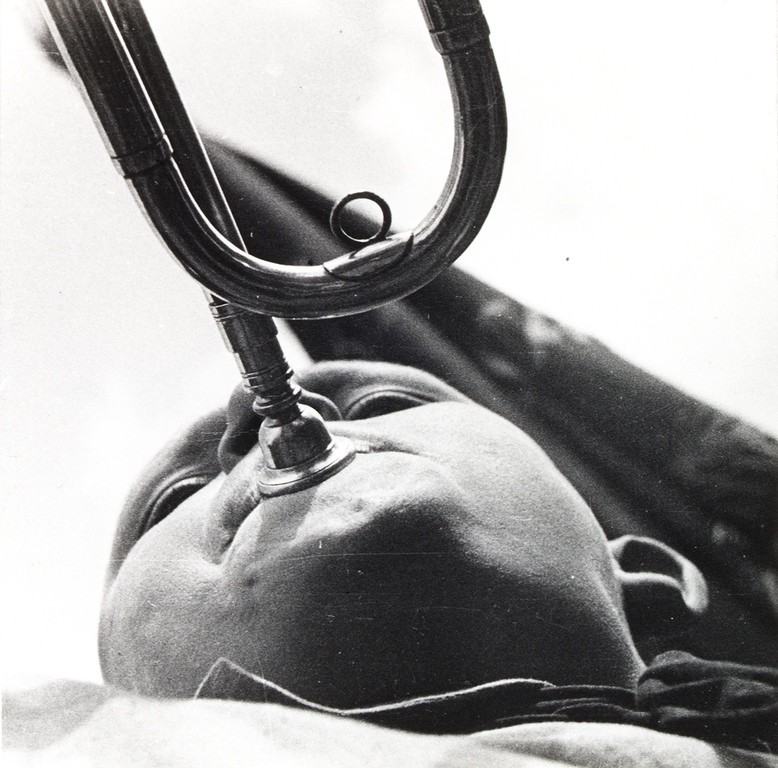


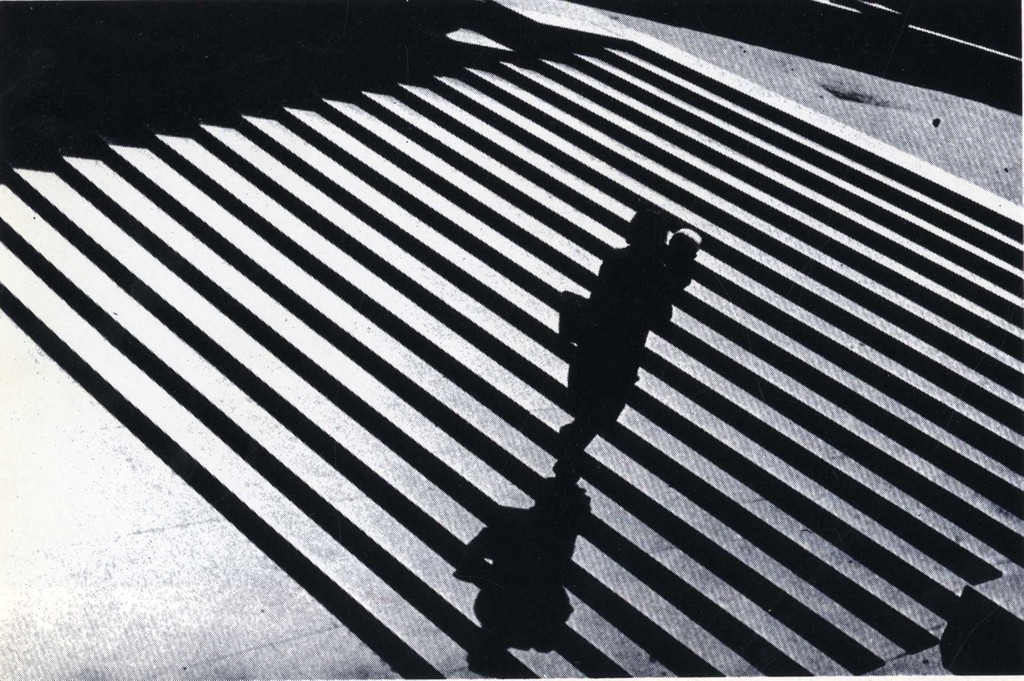
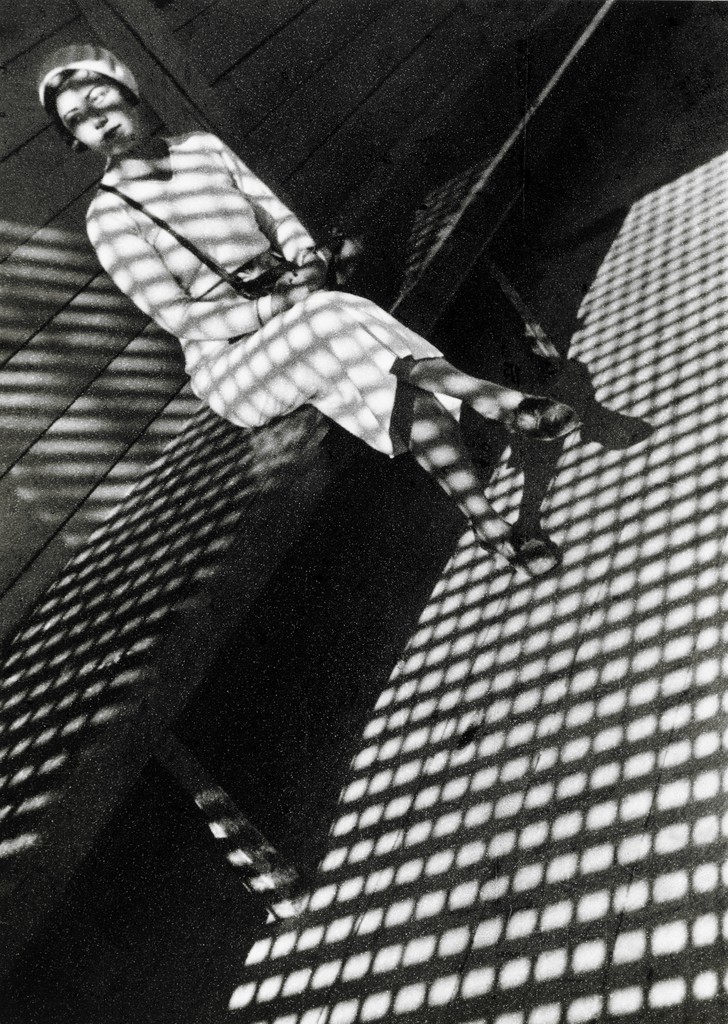




Recent Comments